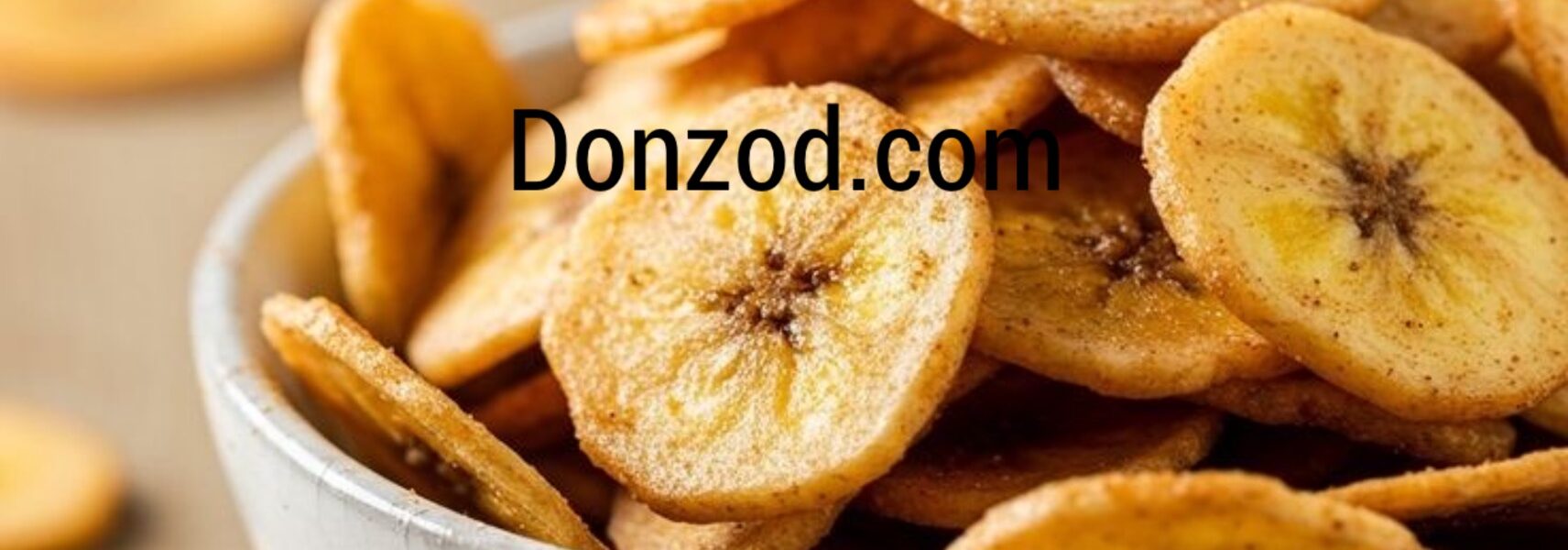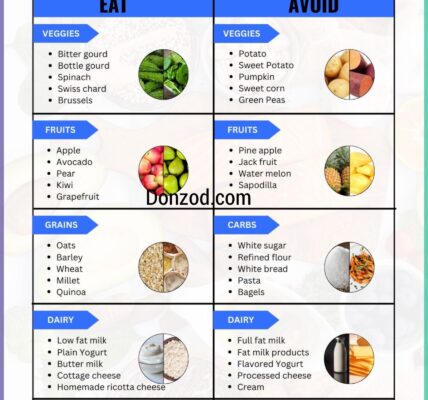Banana chips is a delightful crunchy snack many people enjoy without giving much thought to its preparation and can be surprisingly easy to make at home.
For those who are eager about homemade snacks or even those curious about alternative healthy snacks, learning how to make banana chips can be both rewarding and satisfying.
This post will guide you carefully through the process and highlighting each step while also pointing out common mistakes that people tend to make along the way.
Understanding What Makes a Good Banana Chips
Before venturing into the preparation process, it is important to understand what gives banana chips their distinct appeal.
A perfect banana chip is thin, crisp, and lightly flavored, often with a hint of salt or sugar, depending on preference.
The banana type, slicing technique, oil temperature and drying method all influence the final outcome.
Many first-timers make the mistake of assuming that any banana would do, but this is far from true. The type of banana plays a vital role in the texture and flavor of the chips.
For best results, it is advisable to use firm, slightly under ripe bananas. Overripe bananas become soft during slicing and frying, making them difficult to handle.
Ingredients and Tools Required for Banana chips
The simplicity of banana chips lies partly in the minimal ingredients needed. For a basic batch, the following are necessary:
- 4 to 5 medium-sized raw bananas (preferably unripe).
- Salt (to taste).
- Water (enough to soak the slices).
- Vegetable oil (suitable for deep frying).
- Turmeric powder.
- Sugar.
- Spices for flavoring.
For tools, one would need:
- A sharp knife or a mandoline slicer.
- A deep frying pan.
- Slotted spoon.
- Paper towels for draining excess oil.
- A bowl for soaking the slices.
while some people also like to use a food dehydrator or oven instead of deep frying, but this post will focus mainly on the traditional deep-fried method, which gives that classic crunch people often crave.
Preparation of banana chips
First Step:
- Selecting and Preparing the Bananas
- The first and sometimes overlooked step is choosing the right bananas. As earlier mentioned, underripe bananas are ideal. They hold their shape well and produce a crisper chip after frying.
- Peel the bananas carefully to avoid bruising. This is where many beginners might unintentionally press too hard on the banana, leaving dents that later affect uniform slicing. Place the peeled bananas in a bowl of cold water temporarily to prevent them from turning brown due to oxidation.
Second Step:
- Slicing the Bananas
- Slicing is where precision matters most. Uniform thin slices ensure even cooking. Approximately 2-3 mm thickness is recommended.
- A mandoline slicer is excellent for this, but if one is not available, a sharp knife with steady hands will suffice.
- A frequent mistake at this stage is inconsistency in slice thickness. Some slices become too thick, leading to soggy chips, while others become too thin and burn easily during frying.
- Also, ensure the slices do not stick together while preparing them for the next step.
Third Step:
- Soaking the Slices
- Place the slices in a bowl of water mixed with a pinch of salt and, optionally, a small quantity of turmeric powder.
- The salt enhances the flavor while turmeric gives a slight golden hue, making the chips visually more appealing.
- Soak the slices for about 10 to 15 minutes. Be cautious not to leave them for too long, as excessive soaking can make the slices waterlogged, resulting in splattering during frying.
- It is also essential to drain the slices thoroughly after soaking. Patting them dry with a clean kitchen towel or paper napkin helps reduce the risk of oil splatters.
Fourth Step:
- Heating the Oil
- Pour sufficient vegetable oil into a deep frying pan and heat it over medium flame. The temperature should ideally be around 350°F (175°C).
- If a thermometer is not available, you can drop one small slice into the oil as a test. If it rises to the surface steadily and starts bubbling gently, the oil is ready.
- One typical error at this stage is overheating the oil. Too hot oil will burn the banana slices quickly on the outside while leaving the inside undercooked.
- On the other hand, oil that is not hot enough will make the chips absorb too much oil and become greasy.
Fifth Step:
- Frying the Banana Slices
- Fry the slices in small batches. Overcrowding the pan lowers the oil temperature suddenly, leading to soggy chips.
- Fry each batch until the slices turn crisp and light golden brown. This usually takes around 2 to 3 minutes per batch, but this timing can vary depending on the thickness of the slices and the exact oil temperature.
- Keep stirring the slices gently during frying to ensure even cooking. Some people tend to overlook this part, which results in unevenly fried chips where some are crisp, and others remain limp.
- After frying, use a slotted spoon to remove the chips and transfer them to a plate lined with paper towels to drain excess oil.
Sixth Step:
- Seasoning and Cooling
- While the chips are still warm, sprinkle them with a little extra salt or any seasoning of choice. Some people enjoy banana chips with a hint of black pepper, red chili powder, or even sugar for a sweet variation.
- Allow the chips to cool completely before storing them. Cooling helps them become crisper, and storing them while still warm can cause condensation, making the chips soggy.
- Another mistake commonly made here is improper storage. It is advisable to store the cooled chips in an airtight container to retain their crunchiness. Exposure to air makes them stale relatively fast.
Seventh Step:
- Optional Variations
- For those who prefer healthier cooking methods, banana chips can also be baked or dehydrated.
- Baking requires placing the banana slices on a baking sheet lined with parchment paper, brushing lightly with oil, and baking at 200°F (about 95°C) for around 1 to 2 hours, flipping halfway through.
- However, many people feel that the deep-fried method provides the most authentic texture and flavor.
- Yet, experimenting with baking or dehydrating can be worthwhile for those wanting to reduce oil intake.
Conclusion
Making banana chips at home might seem daunting initially, but with a little patience and attention to detail, it becomes an enjoyable activity. The satisfaction of savoring a homemade snack, free from preservatives and unnecessary additives, is worth the effort.
Mistakes might happen on the first attempt. Slices may come out uneven, or some might burn while others remain undercooked. These minor missteps should not be discouraging. They are part of the learning process. With practice, each batch will improve.
So, the next time you are at the market and spot some firm, green bananas, consider bringing them home not just for the usual recipes but for making your very own crispy banana chips.




